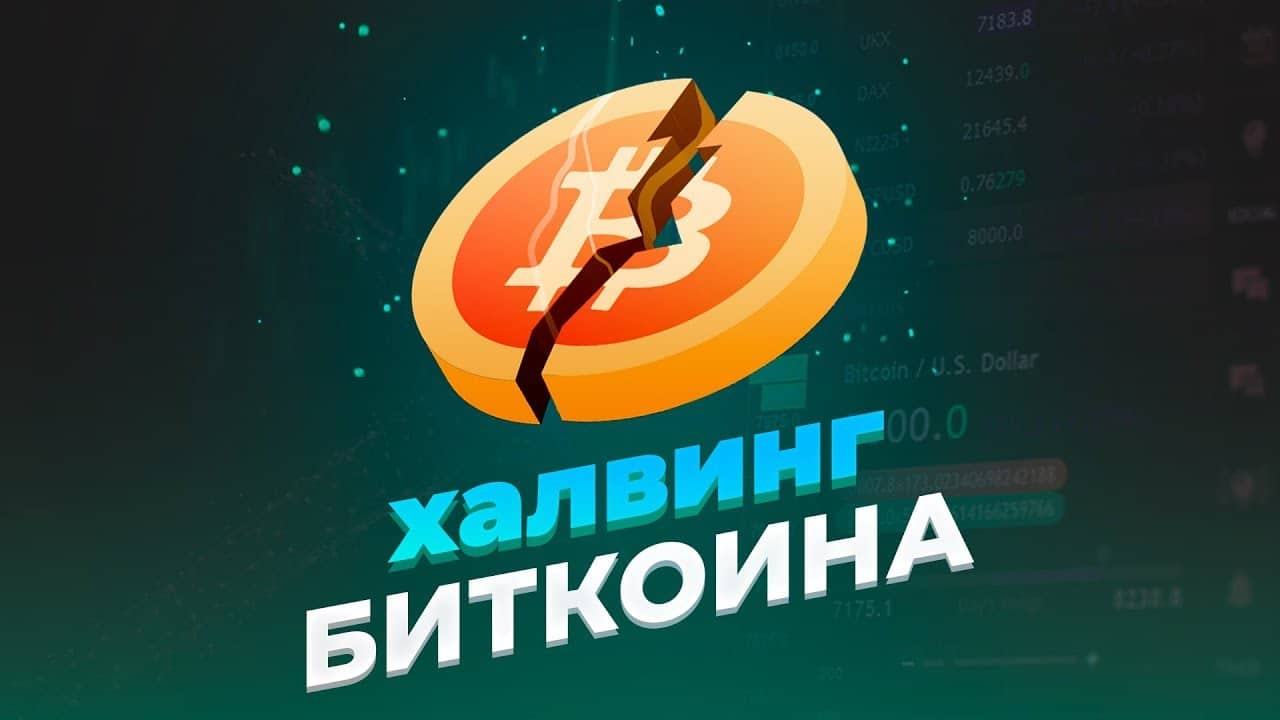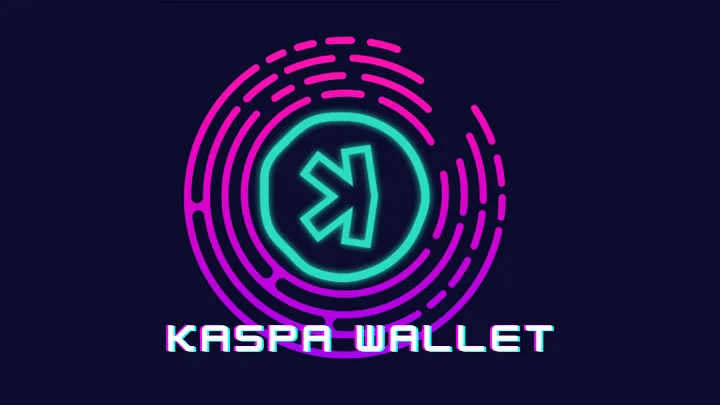

The term tokenomics describes the economics of a token, that is, the factors that influence the use and price of a token, its creation, distribution, demand, supply, incentive mechanisms, and burn schedules. Well-thought-out tokenomics is the key to the success of most crypto projects. It is extremely important to evaluate it before making an investment decision.
Let’s take a look at its components, how it works and how it differs from each other.
What is tokenomics
Blockchain projects develop tokenomics rules for their tokens in order to encourage or restrict certain user actions. By the same principle, central banks print money and implement monetary policies to stimulate or restrict spending, saving, saving, and the movement of money. At the same time, within the framework of tokenomics, the word “token” refers to both tokens and coins. You can find out how they differ in this article. Unlike the fiat currency system, the rules of tokenomics are fixed in the project code and are transparent, predictable and difficult to change.

Bitcoin tokenomics
As an example, consider the tokenomics of Bitcoin. Its total supply is predetermined and is 21 million coins. They are created and put into circulation through mining. Miners create a new block approximately every 10 minutes and are rewarded in bitcoins for this.
The block reward is halved every 210,000 blocks, i.e. every four years. Since January 3, 2009, when the first block (genesis block) was created in the Bitcoin network, the reward has been halved three times – from 50 BTC to 25 BTC, then to 12.5 BTC and 6.25 BTC.
According to these rules, about 328,500 bitcoins will be mined by 2022. This value can be calculated by dividing the total number of minutes in a year by 10 (since a block is mined every 10 minutes), and then multiplying by 6.25 (since a miner receives 6.25 BTC for mining a block). In this way, it is possible to predict the number of bitcoins mined each year. The last bitcoin is expected to be mined around 2140.
Bitcoin tokenomics also determines the amount of transaction fees that are charged to the miner for confirming each new block. Commissions grow in proportion to the increase in the size of transactions and the load on the network. This prevents transaction spam and encourages miners to continue confirming transactions even as rewards decrease.
In other words, Bitcoin tokenomics is simple and ingenious. All rules here are transparent and predictable. Bitcoin incentives allow network members to receive rewards for maintaining reliability and help increase the value of bitcoin as a cryptocurrency.
Key elements of tokenomics
The term “tokenomics” covers a wide range of factors that affect the value of a cryptocurrency. It refers primarily to the economy, which was developed by the creators of the project. When considering cryptocurrency tokenomics, the following factors should be taken into account.
Token offer
Supply and demand are the main factors that affect the price of any product, service or cryptocurrency. There are several critical metrics that measure the supply of tokens.
The first is the maximum offer. This indicator indicates the maximum possible number of tokens for a particular cryptocurrency. For example, the maximum supply of bitcoins is 21 million coins. Litecoin has a hard cap of 84 million and BNB is 200 million.
However, not all tokens have a maximum supply. For example, the supply of tokens on the Ethereum network increases every year. And stablecoins like USDT, USD Coin (USDC), and Binance USD (BUSD) do not have a maximum supply, as these coins are issued based on the reserves backing the coins. Theoretically, their number can grow indefinitely. Two more examples of cryptocurrencies without a limited supply are Dogecoin and Polkadot.
The second supply metric is the circulating supply, which means the number of tokens currently available. Tokens are constantly being created, burned or blocked in some way, which directly affects the price of the token.
The current number of tokens in circulation allows you to calculate how many tokens will eventually be issued.
Using a token
Options for using the token are provided in advance in the code of each project. For example, BNB powers the BNB Chain network, is used to pay transaction fees and discount fees, and acts as a community utility token in the BNB Chain ecosystem. Users can also stake BNB through various ecosystem products and earn additional income.
Tokens can be used in other ways as well. For example, governance tokens allow the owner to vote on changes to the token protocol. Stablecoins are used as currency. And security tokens as financial assets. For example, a company may issue tokenized shares in an Initial Coin Offering (ICO) that grants ownership and dividends to the owner.
Consider these factors when analyzing use cases and developing the token economy.
Distribution of tokens
In addition to supply and demand, it is also important to consider the distribution of tokens. Large companies and individual investors act differently. If you know which entities own the token, you can guess how they plan to dispose of their assets and how this will affect their value.
Generally, there are two ways to launch and distribute tokens: fair launch and pre-mined launch. A fair launch assumes no early access and no private distributions bypassing the general public. Through a fair launch, BTC and Dogecoin were launched.
Pre-mining, or premining, allows you to distribute part of the cryptocurrency among a select group of users before it appears in the public domain. This is how Ethereum and BNB were launched.
Notice if the token is evenly distributed. If one large company owns a large share of the supply, the situation is risky. If the tokens are mainly held by investors and founders, then their actions will be aimed at achieving long-term success.
We also advise you to study the schedule for blocking and issuing tokens. Issuing a large number of tokens can affect its value, which is important to consider when planning an investment strategy.
Burning tokens
Many crypto projects regularly burn tokens, removing them from circulation.
For example, BNB burns coins to remove them from circulation and reduce the overall supply. With a pre-created 200 million BNB, as of June 2022, the total supply of BNB was 165,116,760 coins. BNB will continue to burn them until it destroys 50% of the total supply, that is, reduces it to 100 million BNB. Similarly, in 2021, Ethereum started burning ETH to reduce the overall supply.
A decrease in the supply of a token is called deflation, while an increase is called inflation.
Incentive mechanisms
The incentive mechanism is a key element of tokenomics, as it motivates users to take certain actions and ensures the long-term stability of the project. An example of a successful model is block rewards and transaction fees on the Bitcoin network.
Proof of ownership is another block verification method that is gaining popularity. It invites participants to lock their tokens, become validators and engage in transaction confirmation. As a rule, the more tokens are locked up, the higher the chance of being selected as a validator and start earning rewards for confirming transactions. If validators try to harm the network, they will lose their staking assets. This encourages participants to act honestly and maintain a sound protocol.
Many DeFi projects are using innovative incentive mechanisms to ensure rapid growth. For example, the Compound crypto lending platform allows investors to deposit crypto into the protocol, earn interest, and receive rewards in COMP tokens. They are used as control tokens for the Compound protocol. This structure allows to coordinate the interests of all network participants and guarantees its long-term development.
The Future of Tokenomics
Since the creation of the genesis block of the Bitcoin network in 2009, tokenomics has undergone significant changes. The developers tested many different models, both successful and failed. The Bitcoin model has stood the test of time and is still in demand. And projects with poor tokenomics have failed.
There is another model of tokenomics based on the scarcity of digital resources. It is used by non-fungible tokens (NFTs). The tokenization of traditional assets, such as real estate and works of art, could bring many innovations to tokenomics in the future.
If you like to read such articles and want to support the author, then you can subscribe to our telegram channel and recommend us to your friends, this will help a lot to support our project! Telegram:
Be the first to know all the news, read more about cryptocurrencies and mining at CRYPTO-MINING.BLOG.















No Comments